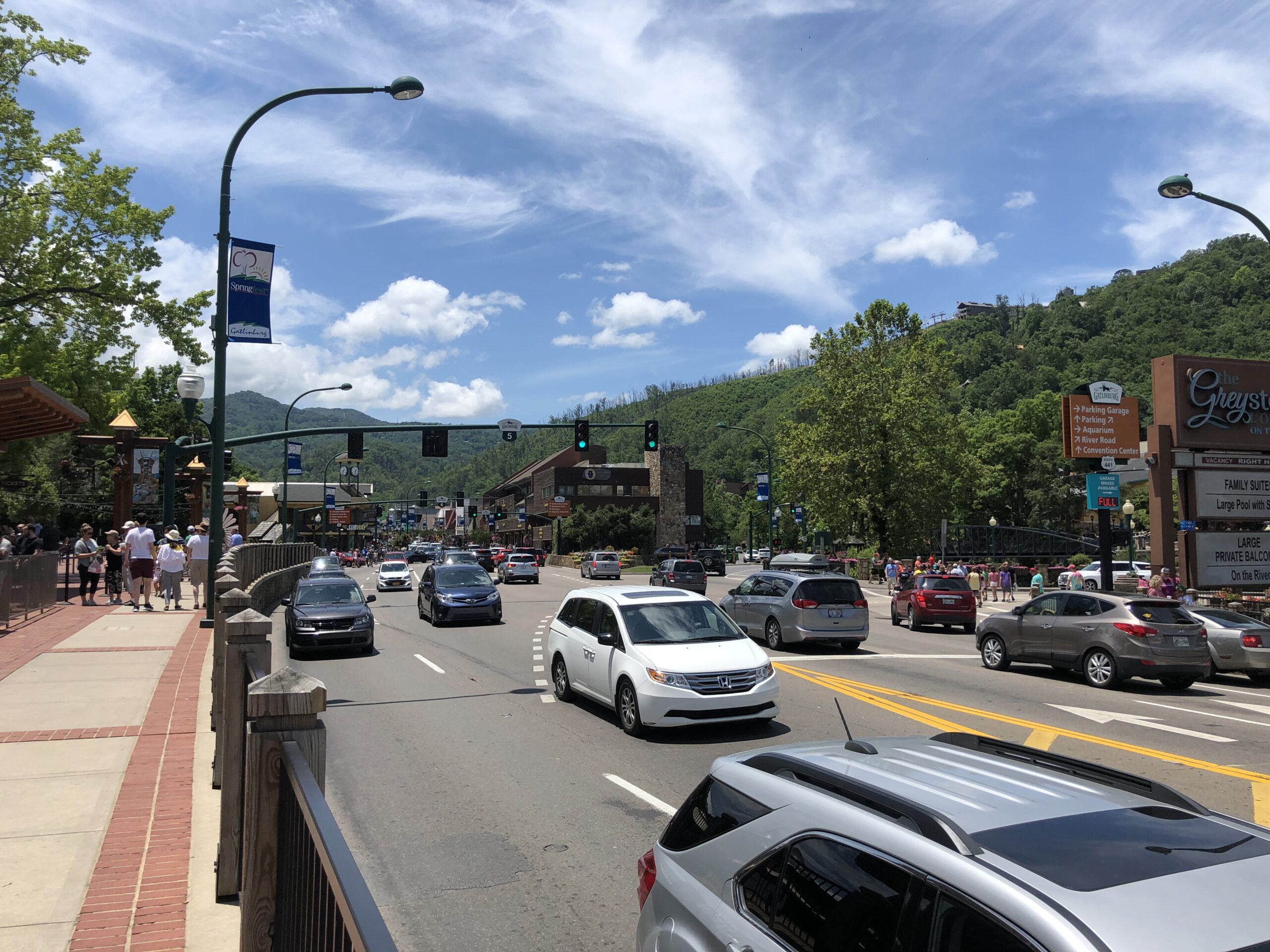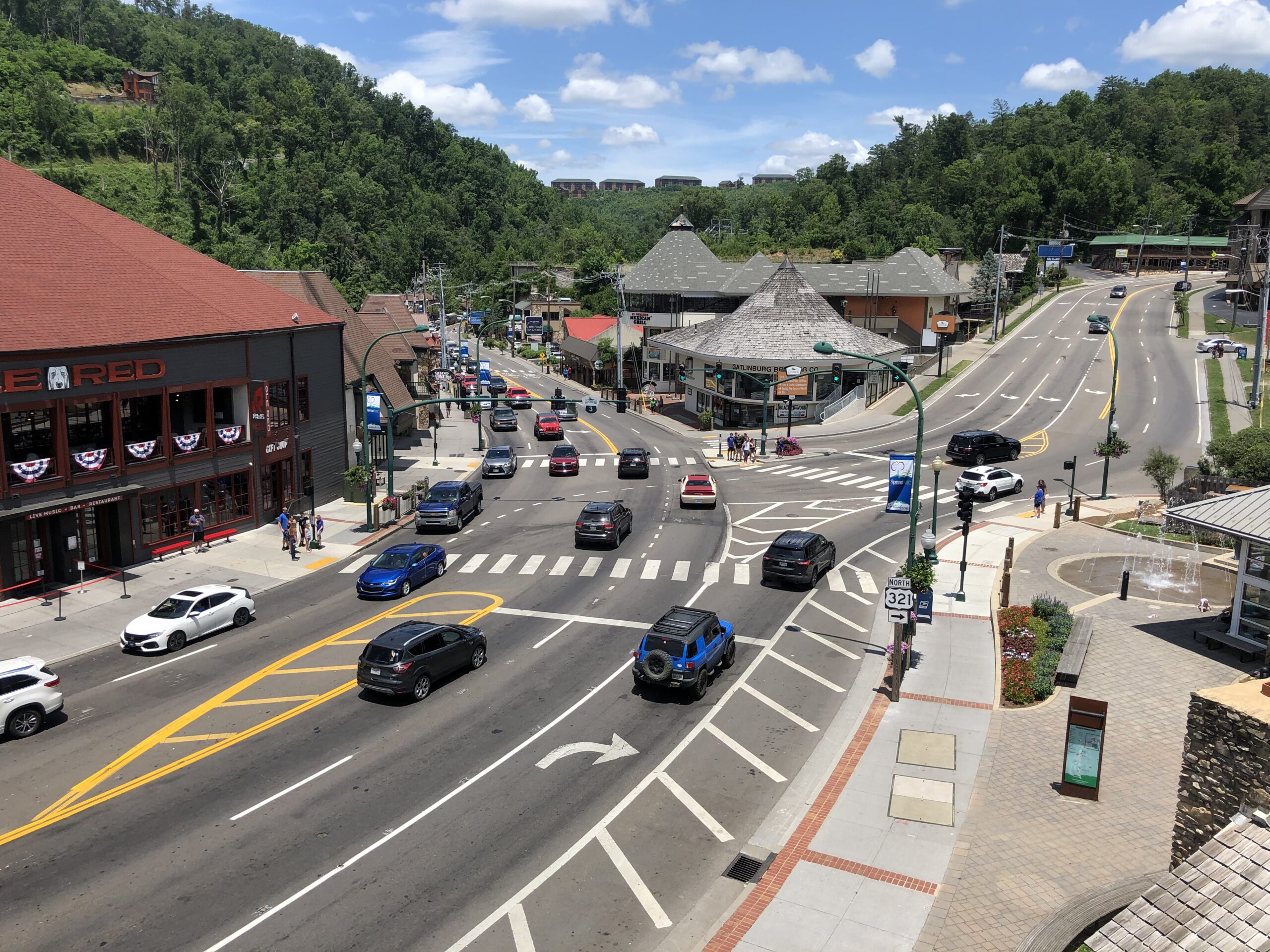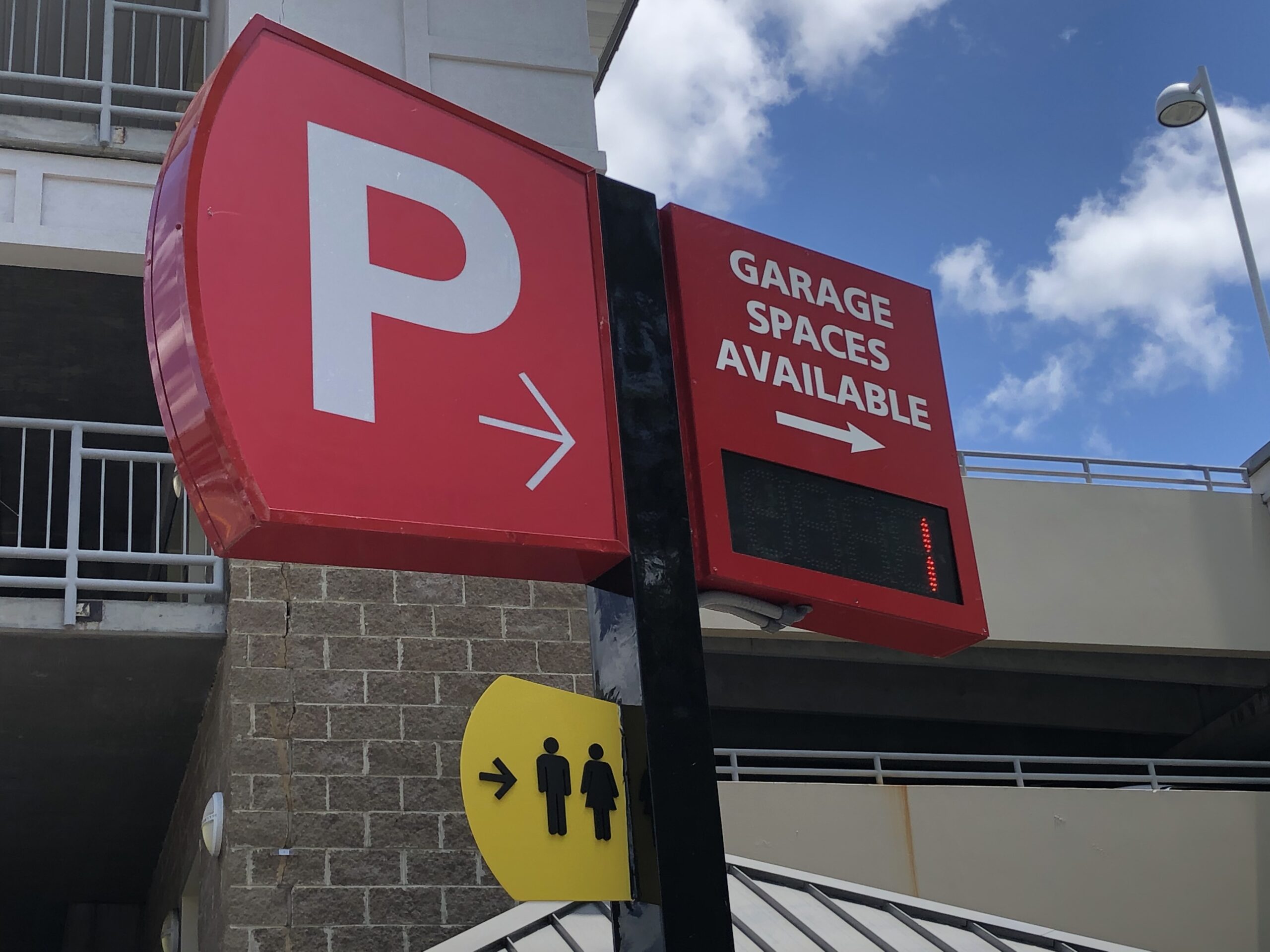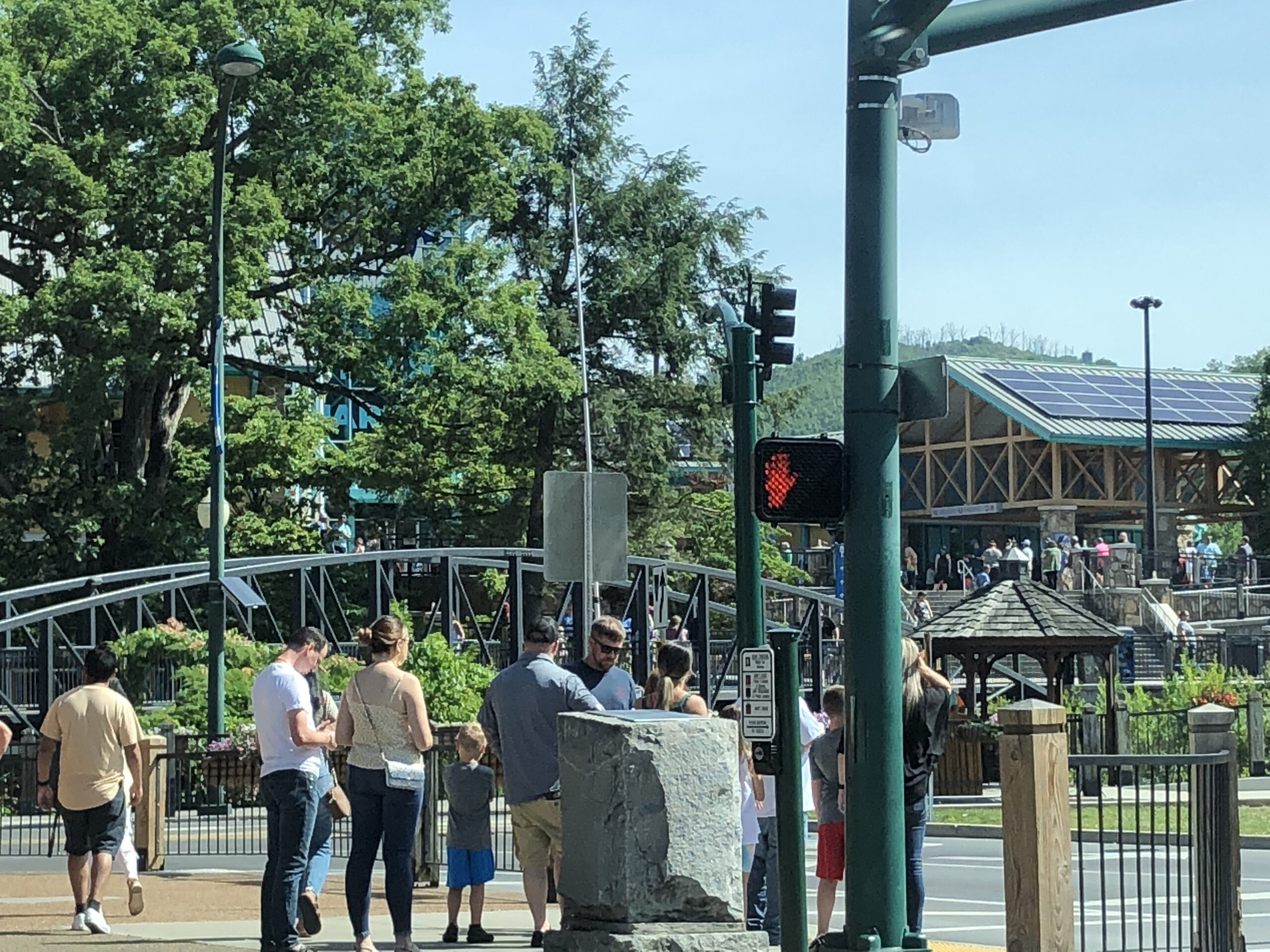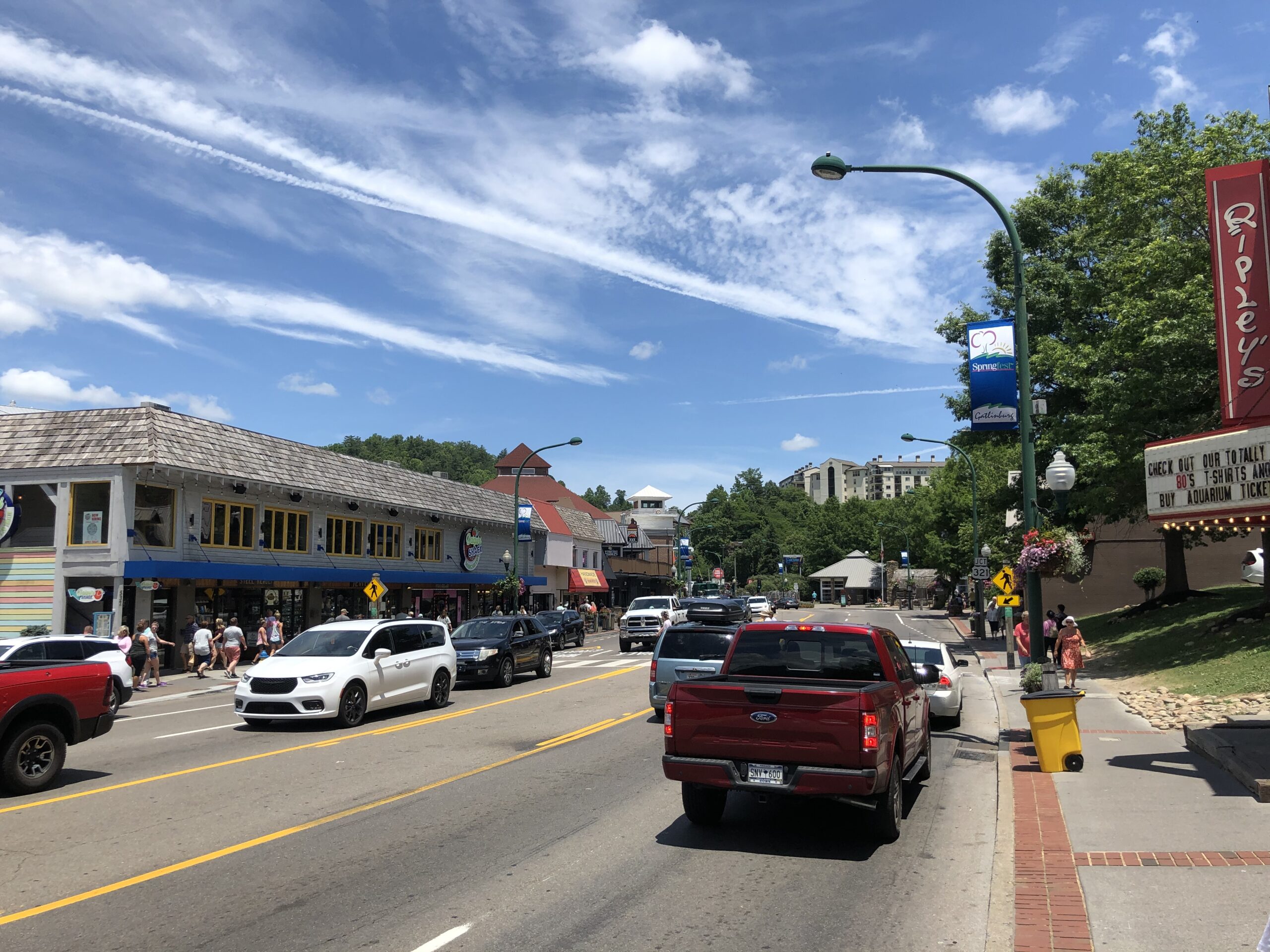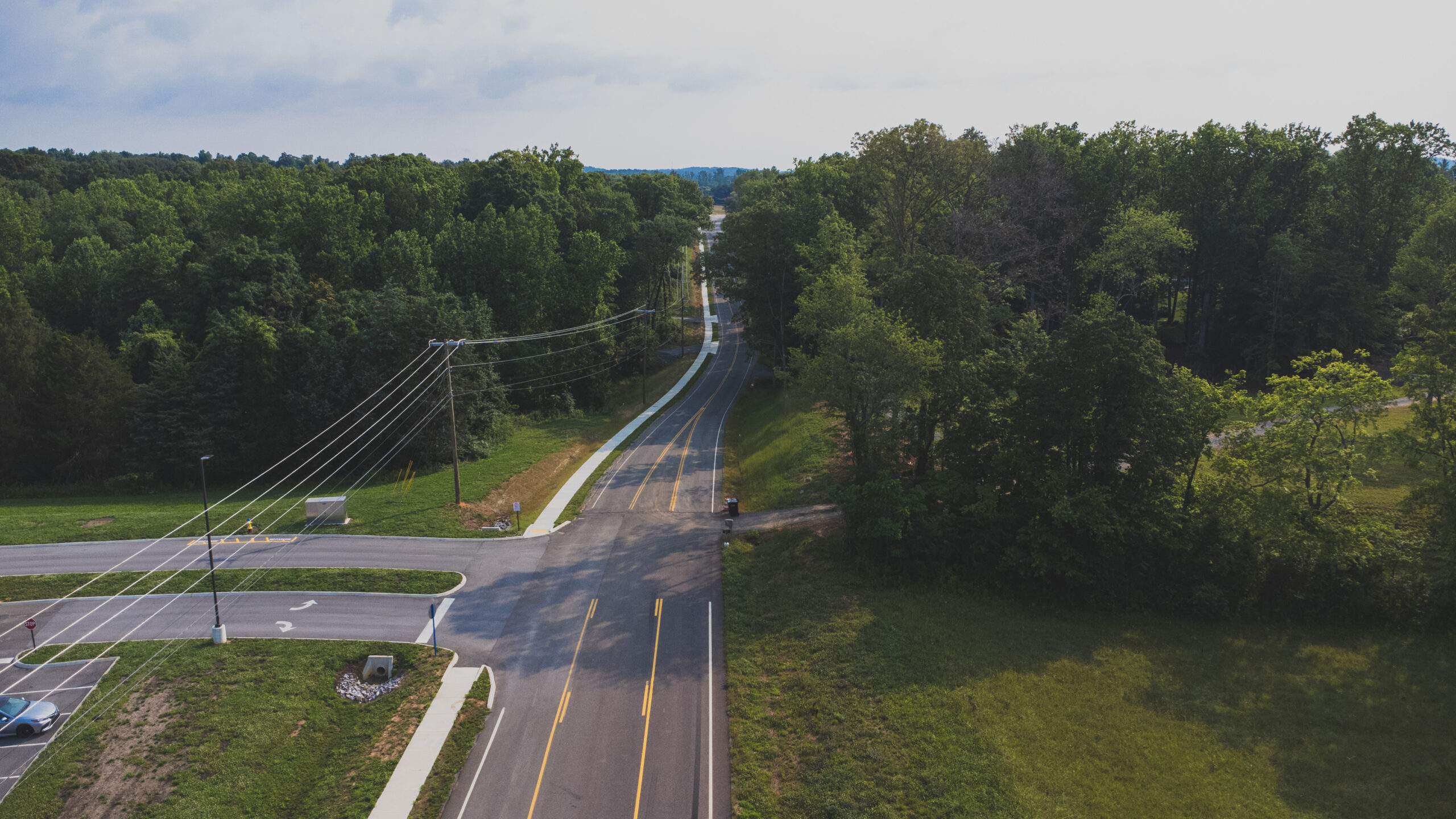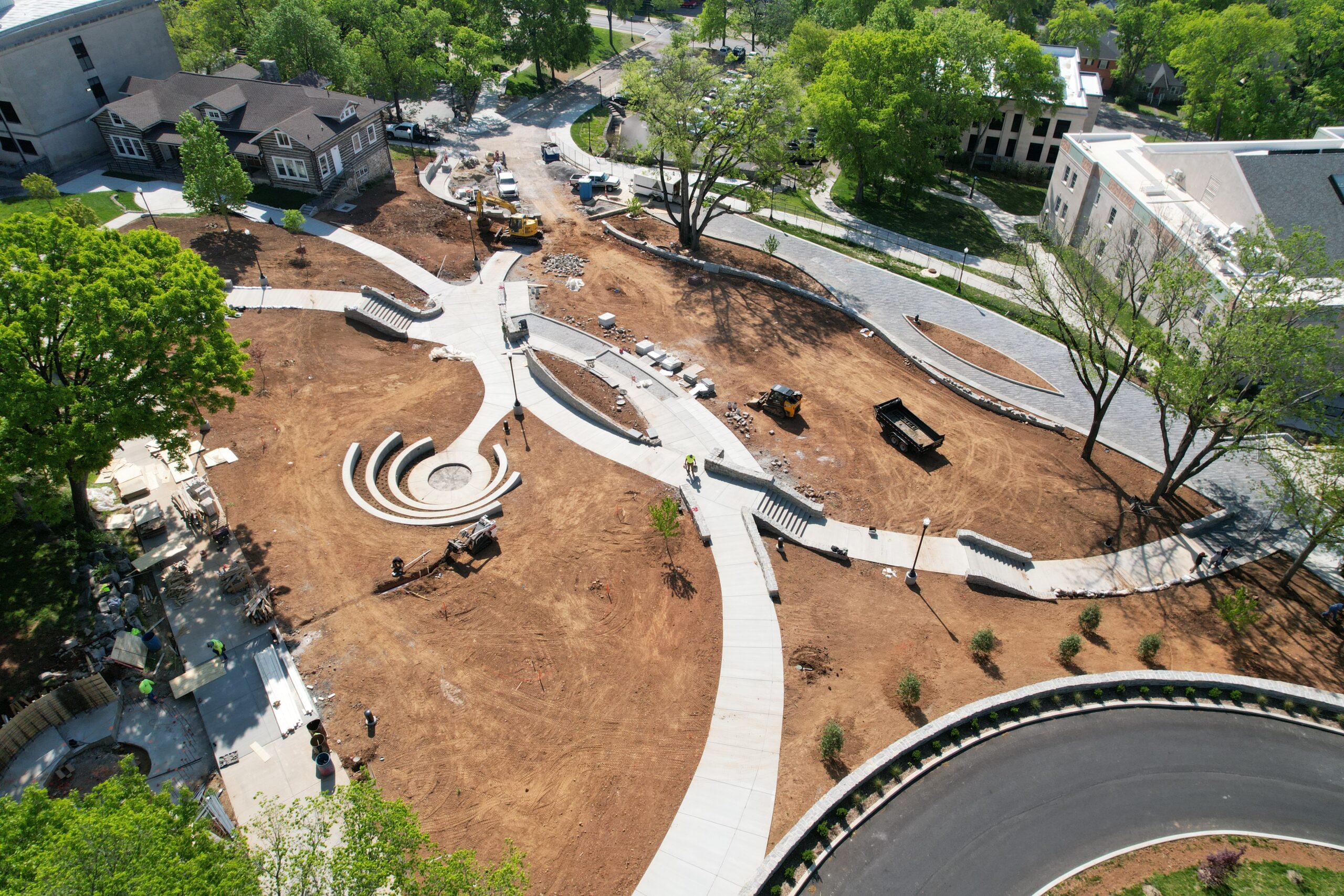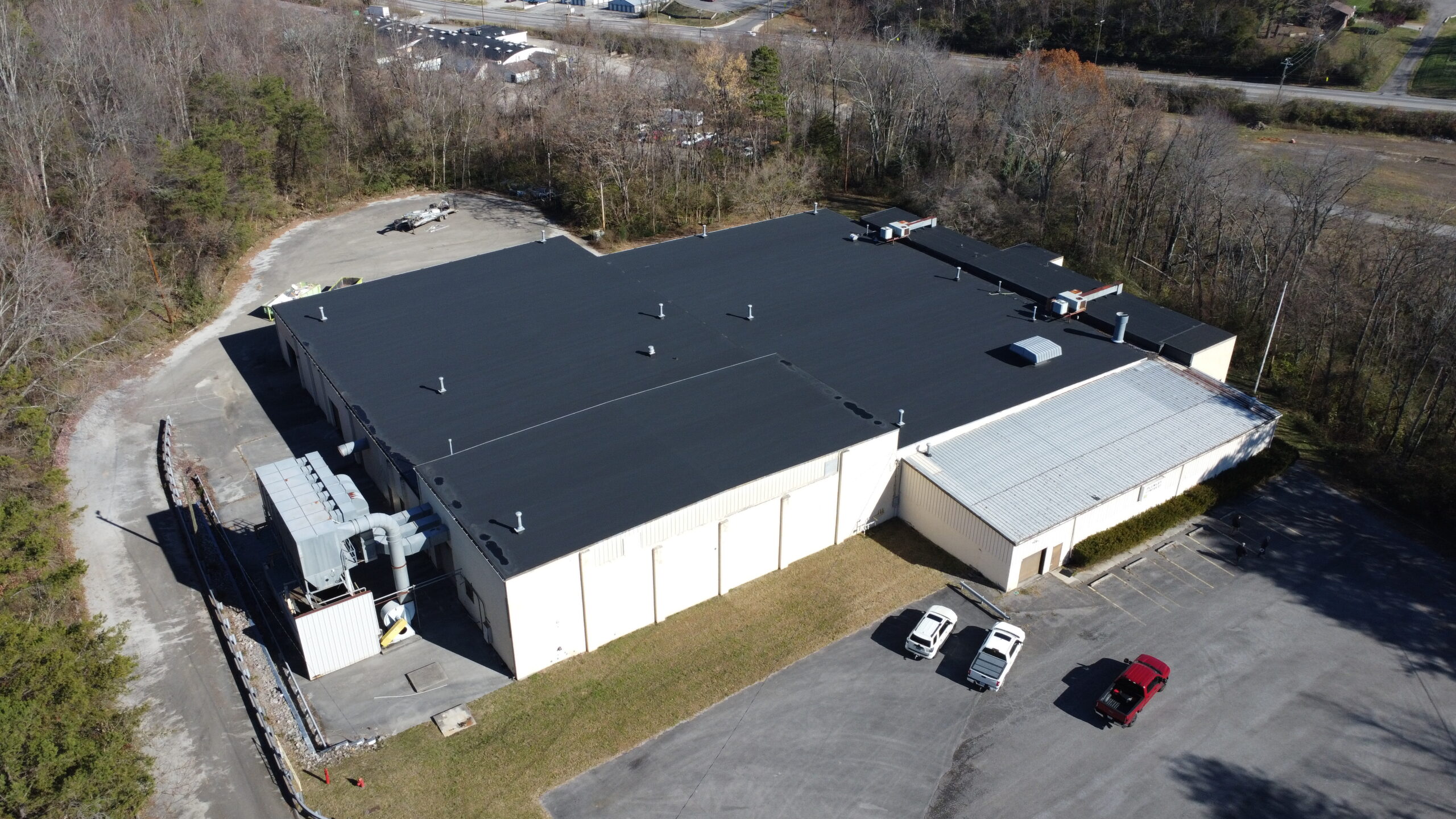Downtown Gatlinburg Corridor Traffic + Pedestrian Mobility Study
Cannon and Cannon, Inc. was selected by the City of Gatlinburg, Tennessee to conduct a traffic and pedestrian mobility study for the City’s downtown tourist corridor. Gatlinburg is often identified as the “Gateway to the Great Smoky Mountains National Park (GSMNP).” The GSMNP is historically the most visited of all U.S. national parks and this year’s visitation has exceeded anything previously experienced. In fact, year 2020 visitation to the GSMNP exceeded 12 million visits for only the second time in park history despite being closed for 46 days due to Covid 19 pandemic precautions. Once pandemic related restrictions began to ease up in 2021, a spike in traffic volumes resulted in tourist traffic through Gatlinburg being heavier than ever, creating extreme traffic congestion. These issues were particularly acute along Parkway (US 441) in the Gatlinburg tourist core, where pedestrian activity is most extreme.
The purpose of this project was to provide a thorough evaluation of the existing and future anticipated traffic and pedestrian conditions in the study area, in order to better understand these conditions, the associated issues, and to identify both short-term and long-term improvements to address these issues. The study area included the primary tourist corridor, Parkway (US 441) from East Parkway to the north, to the GSMNP boundary to the south, as well as the generally parallel River Road. Of special concern were the 9 existing signalized intersections along these sections of roadway. Existing conditions were assessed via the collection of extensive traffic count and pedestrian count data, parking information, public transit information, and extensive field observations.
As part of this study, a Peer Review of recent changes at 3 critical study intersections was conducted and modified signal timing was implemented in order to provide some minor congestion relief from the unprecedented spike in tourist traffic volumes.
CCI Traffic provided improvement recommendations were provided in 3 phases: Immediate future (less than 6 months), Short-term future (6 months to 3 years), and Long-term future (beyond 3 years). Study recommendations included:
• Traffic signal timing and phasing changes,
• Enhanced pedestrian crossing opportunities (pedestrian-only signal and pedestrian bridges),
• Implementation of a Citywide Traffic Signal Management System and an advance traveler information system,
• An expanded parking management system, and
• Long-term roadway and intersection modifications.
LOCATION
Gatlinburg, TN
SIZE
9 signalized intersections
MARKETS
Traffic / I.T.S
Services
Signal Timing Optimization
Engineering Design
Pedestrian Facilities
Traffic Studies
Transportation & Traffic
Roadways & Intersections
Transportation Specialties

